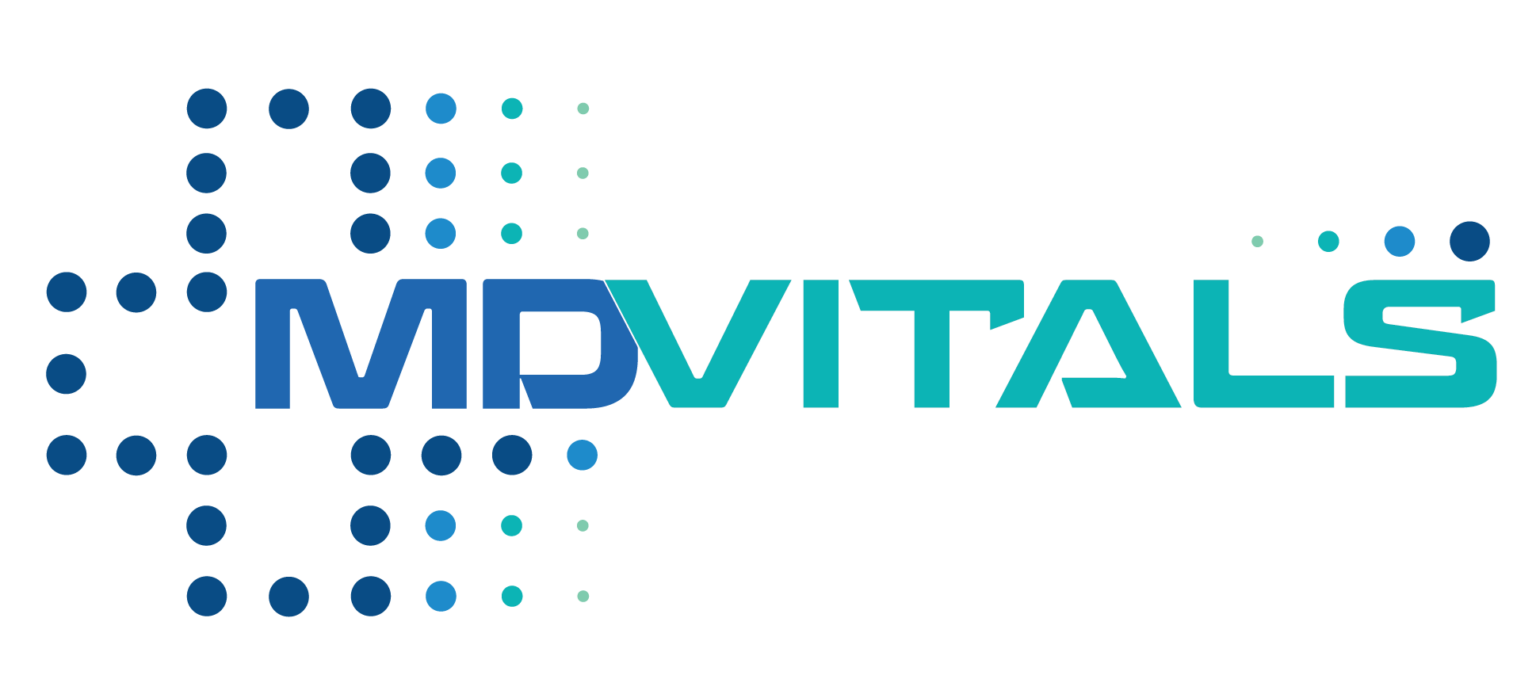Podiatry services are essential for patients who require specialized foot and ankle care. However, the process of billing and coding for these services can be complex and challenging. Many healthcare providers struggle with podiatry billing and coding, which can lead to delayed or denied reimbursement and a decrease in revenue.
To avoid these problems, it’s critical to grasp podiatry billing and coding well. This includes an understanding of numerous codes and regulations, such as CPT codes, ICD-10 codes, and HCPCS codes, as well as the Medicare Physician Fee Schedule, NCCI amendments, and Local Coverage Determinations (LCDs).
Moreover, staff training, correct documentation, using specific billing codes, staying up to date with coding changes, outsourcing billing services, and conducting regular audits are all important tactics for improving podiatrist billing and coding.
In this blog post, we will dive deeper into these strategies and provide you with five tips to help you boost your reimbursement for podiatry services. Whether you’re new to podiatry billing and coding or looking for ways to improve your existing practices, this blog post will provide you with the tools you need to succeed. Let’s get straight to the tips.
Understand Podiatry Billing and Coding
Understanding podiatry billing and coding is essential for healthcare providers who want to maximize their reimbursement rates and ensure compliance with regulations. Podiatry billing and coding is a complex process that involves several codes, rules, and regulations.
Podiatry Billing
Podiatry billing involves submitting claims to insurance companies for reimbursement of podiatrist services. Podiatry services may include routine foot care, surgical procedures, diagnostic tests, and other services related to foot and ankle health. Healthcare providers must bill correctly for these services to ensure timely and accurate reimbursement.
Podiatry Coding
Podiatry coding involves assigning codes to podiatry services and procedures. Healthcare providers must use the correct codes to ensure accurate billing and reimbursement. Podiatry codes are updated regularly, and healthcare providers must stay up-to-date with the changes to avoid billing errors.
Common Podiatry Billing Codes
Some of the most common podiatry billing codes include:
- Evaluation and management codes: These codes are used for routine office visits and consultations.
- Surgical codes: These codes are used for podiatric surgical procedures, such as bunionectomy or hammertoe correction.
- Radiology codes: These codes are used for diagnostic tests, such as X-rays or ultrasounds.
- Durable medical equipment (DME) codes: These codes are used for equipment such as orthotics or prosthetics.
Podiatry Billing and Coding Regulations
Healthcare providers must comply with various regulations when billing and coding for podiatry services. Some of the most important regulations include:
- HIPAA: The Health Insurance Portability and Accountability Act (HIPAA) regulates the use and disclosure of protected health information (PHI). Healthcare providers must ensure that they comply with HIPAA regulations when handling patient information.
- Medicare: Medicare sets reimbursement rates for podiatry services and has specific rules for billing and coding. Healthcare providers must ensure they comply with Medicare regulations when billing for services provided to Medicare beneficiaries.
- Medicaid: Medicaid is a joint federal and state program that provides healthcare coverage for low-income individuals. Healthcare providers must comply with Medicaid regulations when billing for services provided to Medicaid beneficiaries.
Train Your Staff
Staff training is crucial in the field of podiatry billing and coding as it ensures that all staff members have the necessary knowledge and skills to perform their duties accurately and efficiently. The process of conducting effective training sessions is an ongoing effort that requires dedication, planning, and execution.
Effective Training Methods
Various effective training methods can be used to train staff members on podiatry billing and coding, including:
- On-the-job training
- Classroom training
- Online training
- One-on-one training
Benefits of Staff Training
The benefits of staff training are numerous, and they include:
- Improved Accuracy
- Reduced Errors
- Increased Productivity
- Compliance
Accurate Documentation
Accurate documentation of podiatry services and procedures is crucial for successful billing and coding. Healthcare providers must document all services and procedures performed during the patient’s visit, including any diagnoses or conditions diagnosed and any equipment or supplies used. The documentation should be accurate, complete, and timely.
The importance of accurate documentation cannot be overstated. Without proper documentation, healthcare providers may not be able to bill for their services, which can result in lost revenue for their practice. Inaccurate or incomplete documentation can also result in denied claims or reduced reimbursement rates, which can have a significant impact on the practice’s financial health.
To ensure accurate documentation, healthcare providers should follow these tips:
- Use clear and concise language
- Document all services and procedures
- Use the correct coding
- Document the medical necessity
Outsourcing Podiatry Billing Services
Outsourcing podiatry billing services has become a popular trend in the healthcare industry, and for good reasons. Outsourcing your billing and coding to a professional service provider can save you time and resources and allow you to focus on providing quality patient care.
Here are some of the benefits of outsourcing your podiatry billing services.
- Time-saving
- Resource-saving
- Reduced Denials and Delays in Reimbursement
- Expertise and Experience
- Improved Cash Flow
Outsourcing your podiatry billing services can provide numerous benefits, including time and resource-saving, reduced denials and delays in reimbursement, expertise, and experience, and improved cash flow.
Conduct Regular Audits
Regular audits are an essential part of managing a successful podiatry practice. Auditing your billing and coding processes can help you identify areas for improvement and ensure compliance with industry regulations.
Here are some of the ways that regular audits can help improve your podiatry billing and coding:
- Identifying Coding Errors
- Identifying inaccurate Documentation
- Identifying compliance Issues
- Internal or External Audits to identify areas for improvement
Conclusion
In conclusion, podiatry billing and coding is a crucial aspect of managing a successful podiatry practice. By implementing the five tips mentioned in this blog post, you can improve your reimbursement and increase your practice’s revenue. These strategies will not only improve your financial success but also enhance patient care.
However, if you find managing your podiatry billing and coding to be overwhelming, partnering with a professional billing service provider like MDVitals is the way to go. So why wait? Contact MDVitals today and take the first step toward improving your podiatry billing and coding practices. Let us help you focus on what you do best – providing quality patient care




